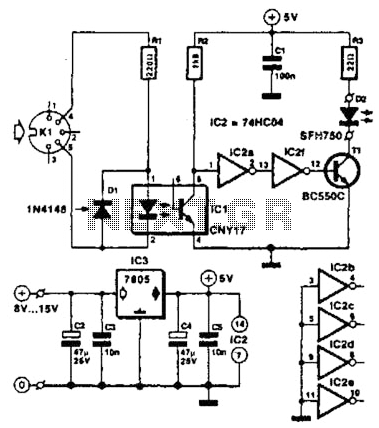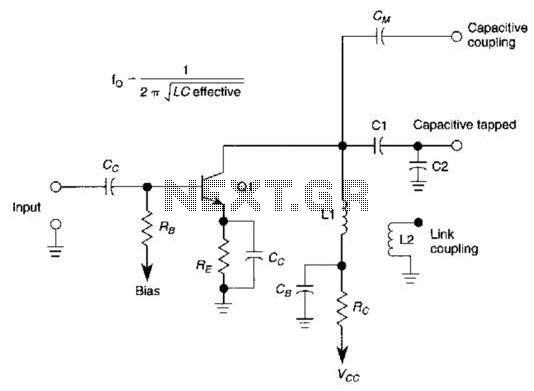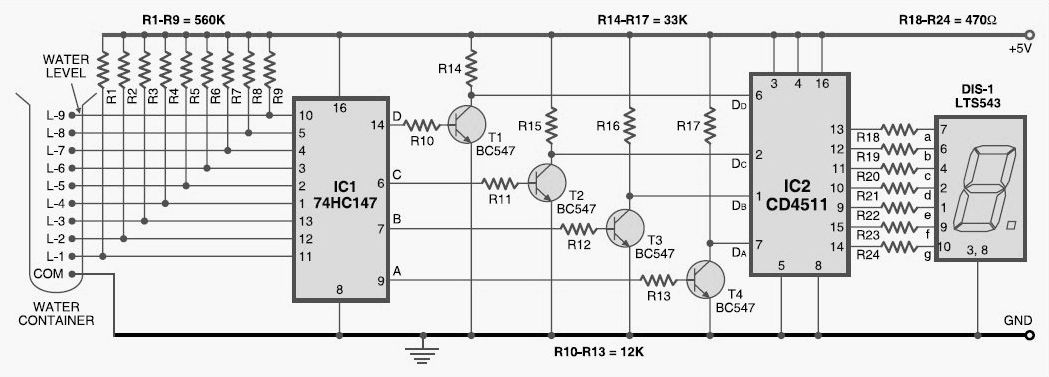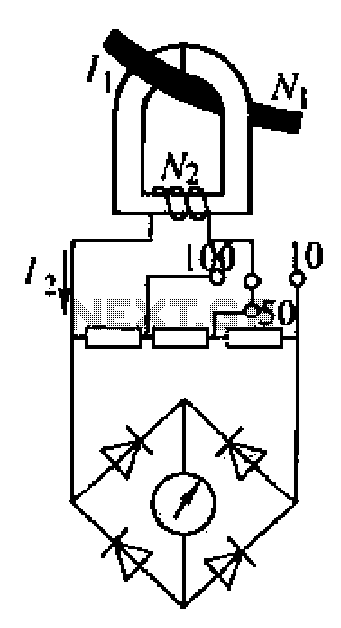
ZN414 Portable AM Receiver circuit and description
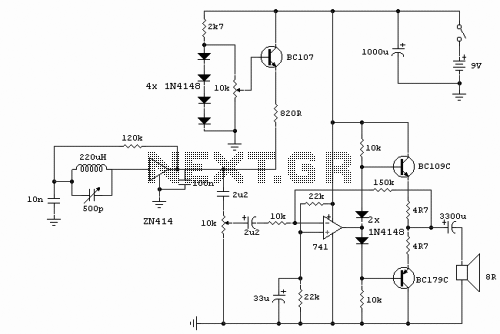
This receiver, designed around the popular ZN414 integrated circuit, operates within the AM band frequency range of 550 to 1600 KHz. For Longwave reception, it is necessary to replace the coil, which can be sourced from an old medium wave (MW) radio for convenience. The ZN414 is a tuned radio frequency (TRF) receiver that incorporates multiple RF stages and an AM detector. It is sensitive to overload, and the operating voltage is crucial for optimal performance. The BC107 transistor functions as a voltage follower, while four 1N4148 diodes provide a stable 2.4V supply. A 10k potentiometer serves as a selectivity control, allowing the operating voltage for the ZN414 to be adjusted between 0 and 1.8 volts DC. In areas with strong radio signals, it may be necessary to reduce the voltage. Optimal performance has been observed at a supply voltage of approximately 1.2 volts. The audio amplifier is constructed using an inverting 741 operational amplifier, with additional current amplification provided by a complementary pair of BC109 and BC179 transistors. The overall voltage gain of the audio amplifier is approximately 15, resulting in high-quality audio output that is notably free from distortion.
The circuit design of the receiver emphasizes the use of the ZN414, which is integral to its functionality. The ZN414's architecture allows for effective signal amplification and demodulation of AM signals. The selection of components, including the BC107 transistor and the 1N4148 diodes, is critical for maintaining a stable power supply and ensuring that the receiver operates within its optimal voltage range. The use of a potentiometer for selectivity control allows for fine-tuning of the receiver's sensitivity, which is particularly beneficial in environments with varying signal strengths.
The audio amplification stage, utilizing the 741 op-amp, is designed for inverting configuration, which is common in audio applications for achieving a desired phase shift. The inclusion of the BC109 and BC179 transistors enhances the output current capability, ensuring that the audio signal can drive speakers or headphones effectively. The overall voltage gain of 15 indicates that the output audio signal is significantly amplified compared to the input, making the receiver suitable for practical listening applications.
In summary, this receiver circuit combines a well-regarded integrated circuit with carefully selected passive and active components to deliver a reliable AM radio experience. The design considerations regarding voltage supply, selectivity, and audio amplification contribute to its performance, making it a valuable project for enthusiasts and hobbyists in the field of electronics.Designed around the popular ZN414 ic this receiver covers the AM band from 550 - 1600 KHz with the values shown. For Longwave the coil needs to be changed. Use one from an old MW radio to save time. The ZN414 is a tuned radio frequency designed and incorporates several RF stages and an AM detector. It is easily overloaded and the operating voltage is critical to achieve good results. The BC107 acts as a voltage follower, the four 1N4148 diodes providing a stable 2. 4V supply. With the 10k pot, which acts as a selectivity control, and the b-e voltage drop of the BC107, the operating voltage for the ZN414 is variable from 0 to 1. 8volts DC. If you live in an area that is permeated with strong radio signals, then the voltage will need to be decreased.
I found optimum performance with a supply of around 1. 2 volts. The audio amplifier is built around an inverting 741 op-amp. Extra current boost is provided using the BC109 / BC179 complementary transistor pair. The voltage gain of the complete audio amplifier is around 15. The audio output of the complete receiver is really quite good and free from distortion. I may provide some sound samples later. 🔗 External reference
The circuit design of the receiver emphasizes the use of the ZN414, which is integral to its functionality. The ZN414's architecture allows for effective signal amplification and demodulation of AM signals. The selection of components, including the BC107 transistor and the 1N4148 diodes, is critical for maintaining a stable power supply and ensuring that the receiver operates within its optimal voltage range. The use of a potentiometer for selectivity control allows for fine-tuning of the receiver's sensitivity, which is particularly beneficial in environments with varying signal strengths.
The audio amplification stage, utilizing the 741 op-amp, is designed for inverting configuration, which is common in audio applications for achieving a desired phase shift. The inclusion of the BC109 and BC179 transistors enhances the output current capability, ensuring that the audio signal can drive speakers or headphones effectively. The overall voltage gain of 15 indicates that the output audio signal is significantly amplified compared to the input, making the receiver suitable for practical listening applications.
In summary, this receiver circuit combines a well-regarded integrated circuit with carefully selected passive and active components to deliver a reliable AM radio experience. The design considerations regarding voltage supply, selectivity, and audio amplification contribute to its performance, making it a valuable project for enthusiasts and hobbyists in the field of electronics.Designed around the popular ZN414 ic this receiver covers the AM band from 550 - 1600 KHz with the values shown. For Longwave the coil needs to be changed. Use one from an old MW radio to save time. The ZN414 is a tuned radio frequency designed and incorporates several RF stages and an AM detector. It is easily overloaded and the operating voltage is critical to achieve good results. The BC107 acts as a voltage follower, the four 1N4148 diodes providing a stable 2. 4V supply. With the 10k pot, which acts as a selectivity control, and the b-e voltage drop of the BC107, the operating voltage for the ZN414 is variable from 0 to 1. 8volts DC. If you live in an area that is permeated with strong radio signals, then the voltage will need to be decreased.
I found optimum performance with a supply of around 1. 2 volts. The audio amplifier is built around an inverting 741 op-amp. Extra current boost is provided using the BC109 / BC179 complementary transistor pair. The voltage gain of the complete audio amplifier is around 15. The audio output of the complete receiver is really quite good and free from distortion. I may provide some sound samples later. 🔗 External reference
